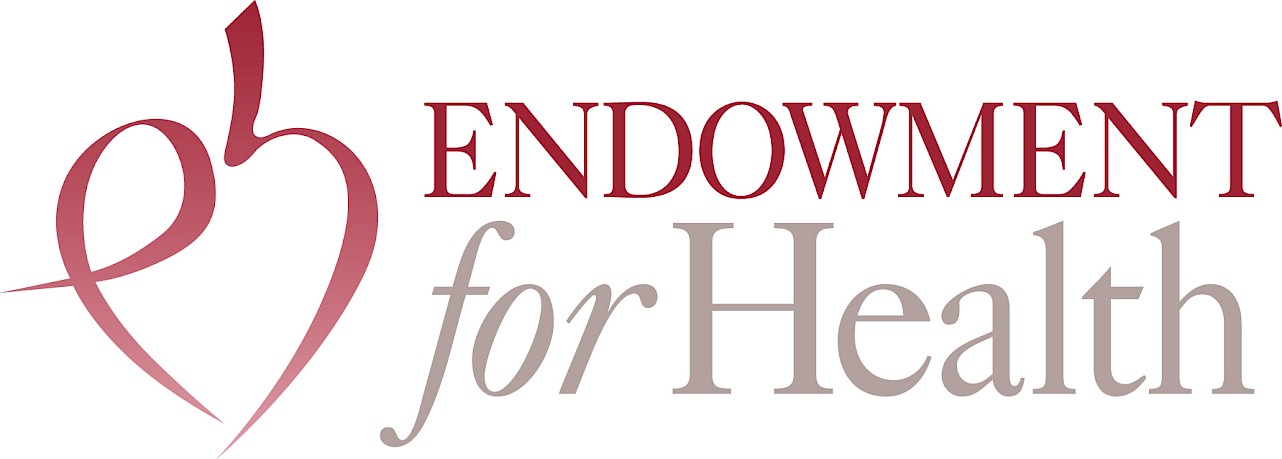Data note: The federal poverty definition consists of a series of thresholds based on family size and composition. In calendar year 2023, a family of two adults and one child were defined as living in poverty if their annual income fell below $23,834. Data on poverty thresholds for other family structures can be accessed at U.S. Census Bureau, Poverty Thresholds.
Statewide and County rates from: U.S. Census Bureau, American Community Survey, 5-year estimates, Table S1701 "Poverty status in the past 12 months", population under 18.
Child Poverty by Race and Ethnicity from Kids Count Data Center. Most recent data as of March 2025 was the 2023 data reported here. 2022 data are not available.
